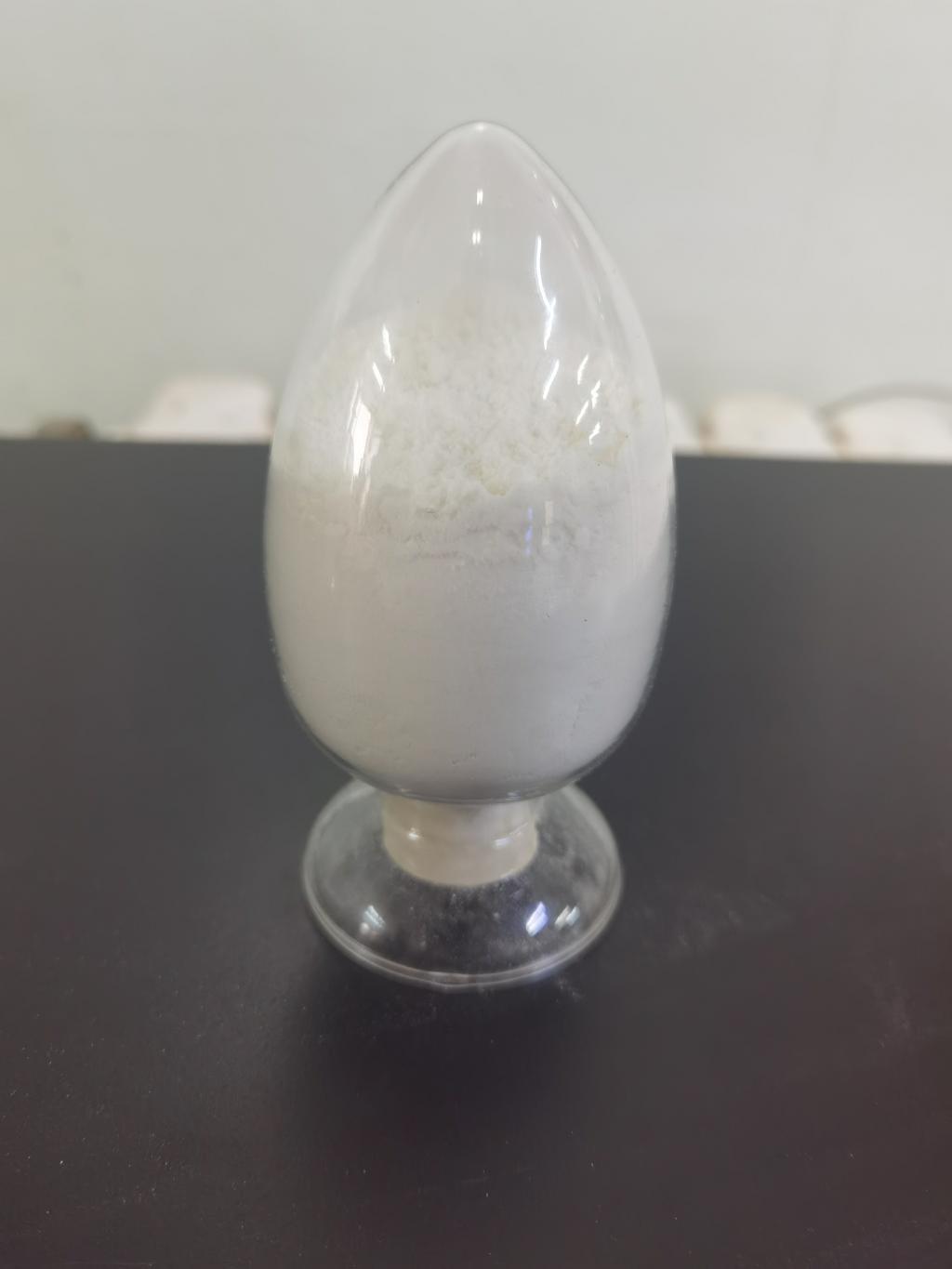Tel:+8618231198596

News
 CONTACT
CONTACT
 CONTACT
CONTACT
- Linkman:Linda Yao
- Tel: +8618231198596
- Email:linda.yao@dcpharma.cn
- Linkman:CHARLES.WANG
- Department:Overseas
- Tel: 0086 0311-85537378 0086 0311-85539701
News
Current Position:
Home >
News
>Exploring the role of ε-Polylysine hydrochloride in agricultural products.
Exploring the role of ε-Polylysine hydrochloride in agricultural products.
TIME:2024-04-22
Contaminated agricultural products not only result in economic losses for farmers and producers but also pose risks to consumer health and safety. Pathogenic bacteria such as Salmonella, Escherichia coli, and Listeria monocytogenes can cause serious illnesses when consumed, highlighting the importance of effective microbial control measures in the agricultural supply chain.
ε-Polylysine Hydrochloride: A Natural Antimicrobial Agent
ε-Polylysine hydrochloride is a naturally occurring antimicrobial peptide derived from microbial fermentation, notably from strains of Streptomyces albulus. It consists of multiple lysine residues linked together, forming a polycationic polymer with potent antimicrobial properties. ε-Polylysine hydrochloride is widely recognized as safe for agricultural use and is approved for organic production by regulatory authorities.
The mechanism of action of ε-Polylysine hydrochloride involves disrupting microbial cell membranes, leading to leakage of cellular contents and inhibition of microbial growth. Its broad-spectrum antimicrobial activity makes it effective against a wide range of bacteria, yeasts, and molds, including those commonly found in agricultural environments.
Applications of ε-Polylysine Hydrochloride in Agriculture
ε-Polylysine hydrochloride offers several potential applications for preventing microbial contamination in agricultural products:
Crop Protection: ε-Polylysine hydrochloride can be used as a natural alternative to synthetic pesticides for protecting crops against bacterial and fungal diseases. By spraying ε-Polylysine hydrochloride solutions onto crops or incorporating it into soil amendments, farmers can reduce the risk of crop spoilage and improve yield quality.
Post-Harvest Treatments: After harvesting, agricultural products are susceptible to microbial contamination during storage and transportation. Treating harvested crops, fruits, and vegetables with ε-Polylysine hydrochloride solutions or coatings can inhibit the growth of spoilage organisms and extend shelf life.
Animal Health: In animal agriculture, ε-Polylysine hydrochloride can be used as a feed additive or water treatment to prevent the proliferation of pathogenic bacteria in livestock and poultry. By maintaining a healthy microbial balance in the gastrointestinal tract, ε-Polylysine hydrochloride can reduce the risk of foodborne illnesses and improve animal welfare.
Organic Farming: For organic farmers seeking natural and sustainable pest and disease management solutions, ε-Polylysine hydrochloride offers a viable alternative to synthetic chemicals. Its compatibility with organic farming practices and regulatory approval for organic production make it an attractive option for sustainable agriculture.
Formulation Considerations and Best Practices
When incorporating ε-Polylysine hydrochloride into agricultural products, several formulation considerations and best practices should be followed:
Optimal Concentration: Determining the appropriate concentration of ε-Polylysine hydrochloride based on the specific microbial challenges and agricultural products is essential to ensure effective antimicrobial protection without adverse effects on crop health or soil microbiota.
Application Methods: Selecting the most suitable application methods, such as foliar spraying, irrigation, seed coating, or feed supplementation, depending on the target crop or livestock species, growth stage, and environmental conditions.
Compatibility Testing: Conducting compatibility testing to assess the interaction between ε-Polylysine hydrochloride and other agricultural inputs, such as fertilizers, pesticides, and soil amendments, to avoid potential antagonistic or synergistic effects.
Regulatory Compliance: Ensuring compliance with regulatory requirements and labeling regulations for agricultural inputs, including ε-Polylysine hydrochloride, to ensure product safety, legality, and consumer confidence.
Future Directions and Innovations
Future research and innovation in the field of ε-Polylysine hydrochloride in agriculture are likely to focus on:
Optimized Formulations: Developing advanced formulation techniques, such as microencapsulation or nanoemulsion technology, to improve the stability, efficacy, and delivery of ε-Polylysine hydrochloride in agricultural applications.
Integrated Pest Management: Integrating ε-Polylysine hydrochloride into integrated pest management (IPM) strategies that combine biological, cultural, and chemical control methods to minimize pesticide use and environmental impact while maximizing crop protection.
Precision Agriculture: Leveraging precision agriculture technologies, such as sensors, drones, and data analytics, to optimize the application of ε-Polylysine hydrochloride and other agricultural inputs based on real-time environmental and crop conditions.
Consumer Education: Educating consumers about the benefits of ε-Polylysine hydrochloride in sustainable agriculture and its role in promoting food safety, environmental stewardship, and public health.
Conclusion
In conclusion, ε-Polylysine hydrochloride holds significant promise for preventing microbial contamination in agricultural products while meeting the growing demand for natural and sustainable pest and disease management solutions. Its broad-spectrum antimicrobial activity, compatibility with organic farming practices, and regulatory approval make it a valuable tool for farmers, producers, and consumers seeking safer and more environmentally friendly agricultural products. By embracing ε-Polylysine hydrochloride and advancing research and innovation in agricultural biotechnology, stakeholders can contribute to a more resilient, sustainable, and food-secure future.
- Tel:+8618231198596
- Whatsapp:18231198596
- Chat With Skype







